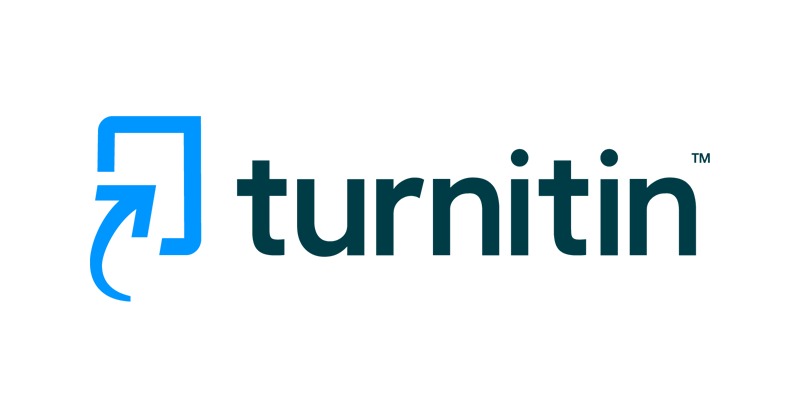Media Terkondisi Sel Punca Mesenkim Wharton’s Jelly Mempercepat Penyembuhan Ulkus Tikus Diabetik strain Wistar
DOI:
https://doi.org/10.55175/cdk.v47i10.543Keywords:
Asthaxantin, media terkondisi sel punca mesenkim Wharton’s jelly, ulkusAbstract
Pendahuluan: Ulkus diabetik merupakan bentuk kegagalan proses penyembuhan luka normal. Media terkondisi sel punca mesenkim Wharton’s jelly meningkatkan transkripsi m-RNA dari TGF-β2, hypoxia-inducible factor-1α, dan plasminogen activator inhibitor-1 genes pada fibroblas kulit yang berhubungan dengan penyembuhan luka. Tujuan: Meneliti efektivitas media terkondisi sel punca mesenkim Wharton’s jelly terhadap kecepatan penyembuhan ulkus pada tikus diabetik strain Wistar. Metode: Penelitian eksperimental laboratorik randomized pretest-posttest control group design. Penelitian di laboratorium bagian Farmasi Universitas Setia Budi (USB) Surakarta menggunakan 18 ekor hewan coba tikus strain Wistar yang dibuat luka di area punggung atas, dibagi 2 kelompok. Kelompok 1 diberi gel astaxanthin, kelompok 2 diberi media terkondisi sel punca mesenkim Wharton’s jelly. Perlakuan selama 14 hari. Uji visual menggunakan metode fotografi, luas ulkus diukur menggunakan software image J, persentase penyembuhan ulkus dihitung menggunakan rumus wound closure. Pengamatan dilakukan di hari ke-0, 7, 10, dan 14. Analisis perbedaan rata-rata luas ulkus menggunakan uji Mann-Whitney. Hasil: Berdasarkan luas ulkus dengan perhitungan Image J, didapatkan perbedaan signifikan pada hari ke-7 (p=0,041), hari ke-10 (p= 0,000), dan pada hari ke-14 (p= 0,000) Pada perhitungan menggunakan rumus wound closure dan data Image J, didapatkan perbedaan signifikan, pada kelompok 2 sebagian besar ulkus sudah menutup sempurna di hari ke-7, sedangkan pada kelompok 1 (kontrol) ulkus paling cepat menutup di hari ke-14 dan sebagian besar ulkus belum sembuh di hari ke14. Simpulan: Media terkondisi sel punca mesenkim Wharton’s jelly efektif mempercepat penyembuhan ulkus pada tikus diabetik strain Wistar.
Introduction: Diabetic ulcer is a sign of wound healing failure. Wharton’s Jelly enhance m-RNA transcription of TGF-β2, hypoxia-inducible factor-1α, and plasminogen activator inhibitor-1 genesin skin fibroblast related to wound healing process. Objective: To prove the effectivity of Wharton’s Jelly mesenchymal stem cell conditioned media on ulcer healing rate in diabetic Wistar rats. Method: A laboratory experimental study with randomized pretest-posttest control group design. This study was conducted at the Pharmacy Laboratory of Setia Budi University Surakarta on 18 Wistar strain rats divided into 2 groups. All rats were injured on upper back area. Group 1 was treated with Astaxanthin gel. Group 2 was treated with Wharton’s jelly mesenchymal stem cell conditioned media, for 14 days. Visual test was performed using the photographic method and ulcer area was measured using image J software; the percentage of ulcer healing was calculated with wound closure formula. Observations were made on days 0,7th,10th, and 14th. Analysis used Mann-Whitney test for data with normal distribution. Results: Wound closure on day 7th (p= 0.000), on day 10th (p= 0.000), on day 14th (p= 0.004) was significantly better in group 2. Based on ulcer area data with Image J software, the difference on day 7th (p= 0.041), on day 10th (p= 0.000), on day 14th (p=0.000) were significant. The ulcer healing rate is a significantly different between groups. In Wharton’s jelly group, most ulcers has closed completely in day 7th, while in astaxanthin group, most ulcer hasn’t closed until day 14th. Conclusion: Wharton’s Jelly mesenchymal stem cell conditioned media, compared to astaxanthin, accelerate the healing rate of diabetic ulcers in Wistar strain rats.
Downloads
References
Garg A, Levin N, Benhard JD.. Structure of skin lesion and fundamentals of clinical diagnosis. In: Goldsmith LA, Katz SI,eds. Fitzpatrick’s dermatology in general medicine. 8th ed. New York: McGraw Hill; 2012. p. 84–111.
Suthar M, Gupta S, Bukhari S, Ponemone V. Treatment of chronic non-healing ulcers using autologous platelet rich plasma: A case series. J Biomed Sci. 2017;24:16.
King AJF. The use of animal models in diabetes research. Br J Pharmacol. 2012;166(3): 877–94.
Priyadarshini J, Abdi S, Metwaly A, Jose JS, Mohamed H, Mohamed H, et al. Prevention of diabetic foot ulcers at primary care level. 2018;3(1):4–9.
Mariam TG, Alemayehu A, Tesfaye E, Mequannt W, Temesgen K, Yetwale F, et al. Prevalence of diabetic foot ulcer and associated factors among adult diabetic patients who attend the diabetic follow-up clinic at the university of gondar referral hospital, north west ethiopia, institutional-based cross-sectional study. J Diabetes Res. 2017;2017:2879249.
Julianto I, Rindiastuti Y. Pengobatan topikal dengan “Sekretome” sel punca mesenkim pada penyembuhan luka, laporan kasus. Acta Med Indones-Indones J Intern Med. 2016;48(3):217–20.
Meephansan J, Runjang A, Yingmema W, Deenonpoe R, Ponnikorn S. Effect os astaxanthin on cutaneus wound healing. Clin Cosmet Investig Dermatol. 2017;10:259–65.
Guo S, DiPietro L. Factors affecting wound healing. J Dent Res. 2010;89(3):219–29.
Luttrel T. Angiogenesis in wound repair: Angiogenic growth factors and the extracellular matrix. In: Text and Atlas of Wound Diagnosis and Treatment. New York: McGraw Hill; 2015. p. 15–62.
Amable PR, Vinicius M, Teixeira T, Bizon R, Carias V. Protein synthesis and secretion in human mesenchymal cells derived from bone marrow , adipose tissue and Wharton ’ s jelly. Stem Cell Res Ther. 2014;5(2):53.
Eckes B, Nischt R, Krieg T. Cell-matrix interactions in dermal repair and scarring. Sci Rep. 2016;6(18884):1–10.
Blakytny R, Jude E. The molecular biology of chronic wounds and delayed healing in diabetes. Diabet Med. 2006;(23):594–608.
Stokes R, Metcalf D, Bowler P. Management of diabetic foot ulcers: Evaluation of case studies. Br J Nurs. 2016;25(15 Suppl):27-33
Ahmed M, Reffat A, Hassan A, Eskander F. Platelet-rich plasma for the treatment of clean diabetic foot ulcers. Ann Vasc Surg. 2017;38:206–11.
Downloads
Published
How to Cite
Issue
Section
License
Copyright (c) 2020 https://creativecommons.org/licenses/by-nc/4.0/

This work is licensed under a Creative Commons Attribution-NonCommercial 4.0 International License.





















